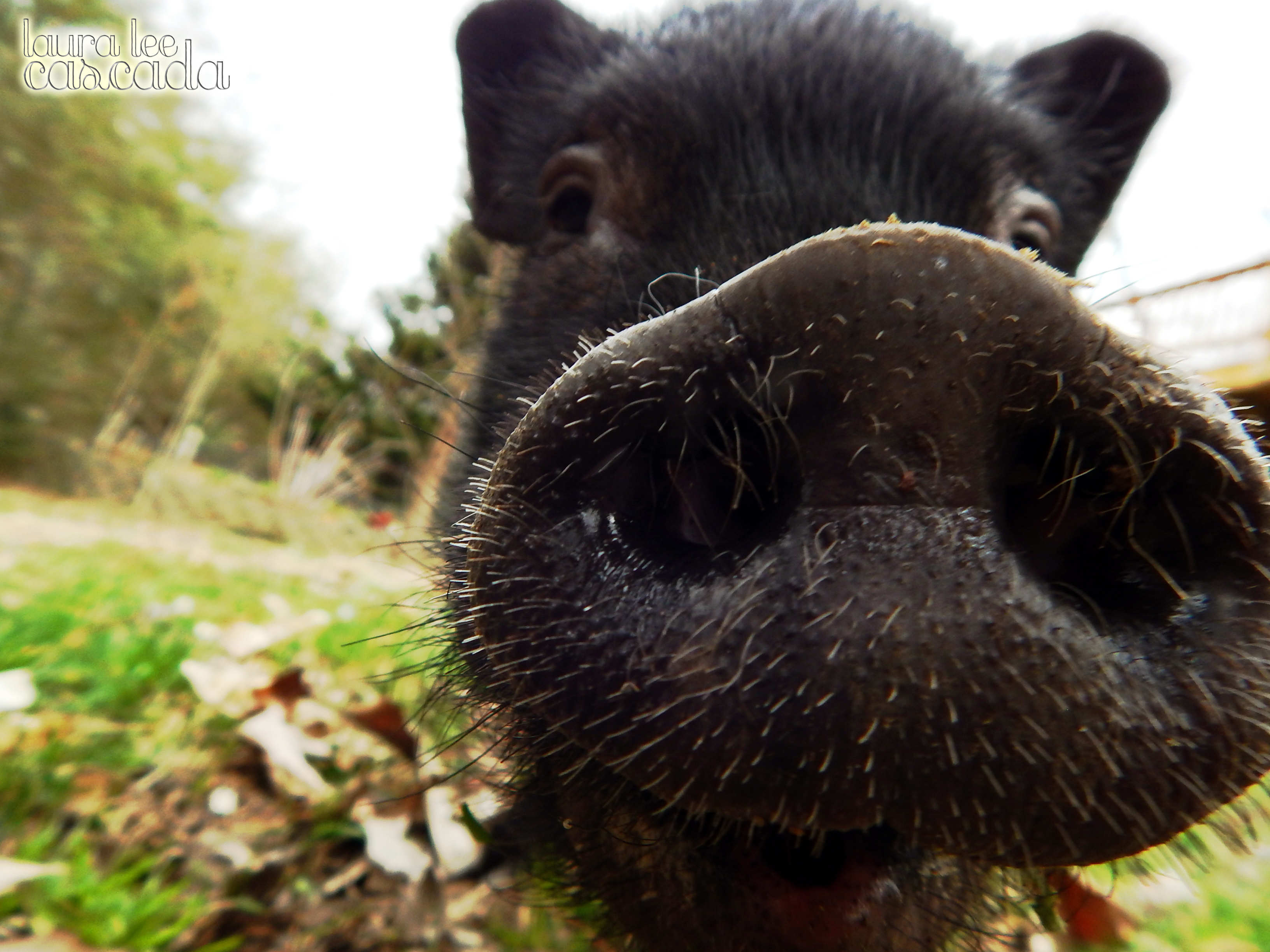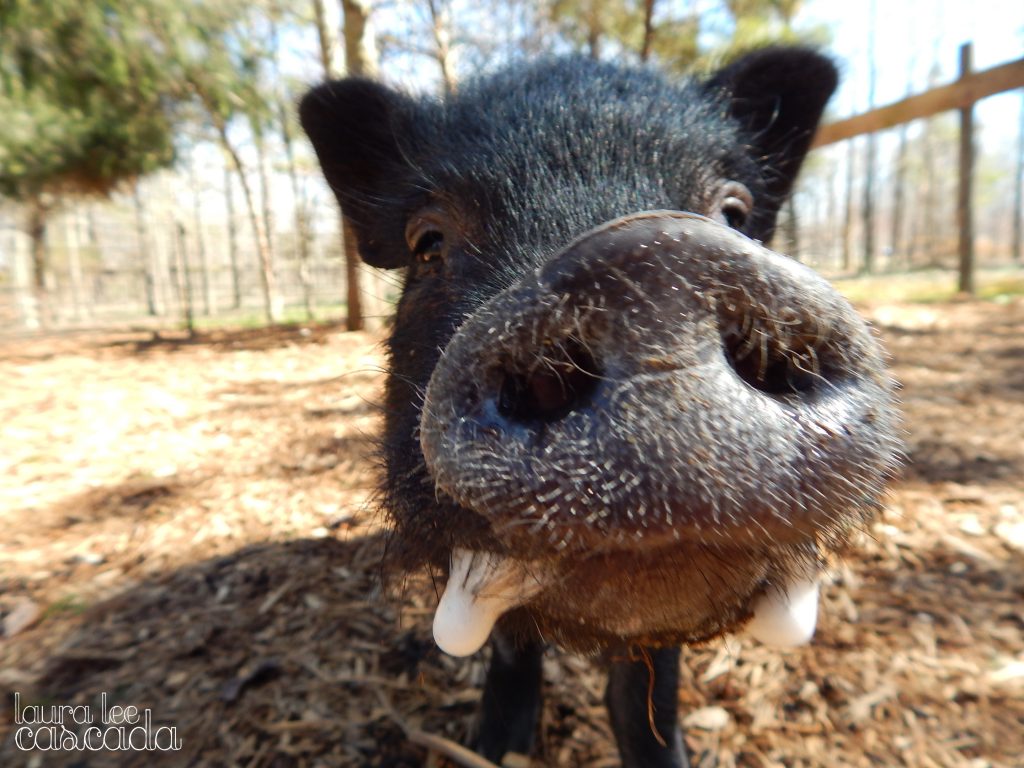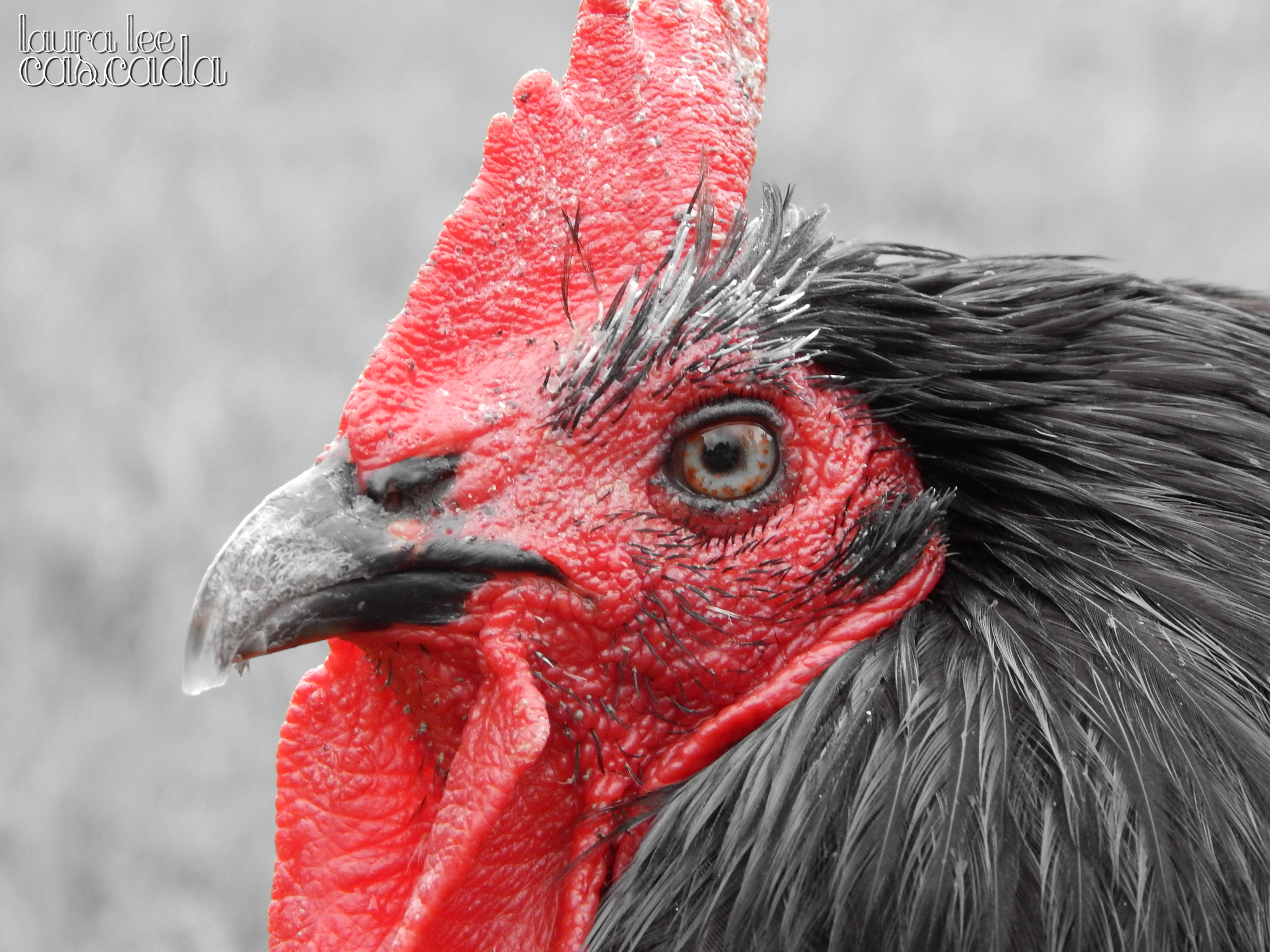At the door of a Maryland townhouse, I stood in the rain as a man thrust a plastic container into my hands. I ran back to the car, dripping, and hopped in. There, we opened the lid—and we were immediately floored by a pungent odor much like that of a fishing pier. I was pretty certain that there wasn’t anyone alive in there.
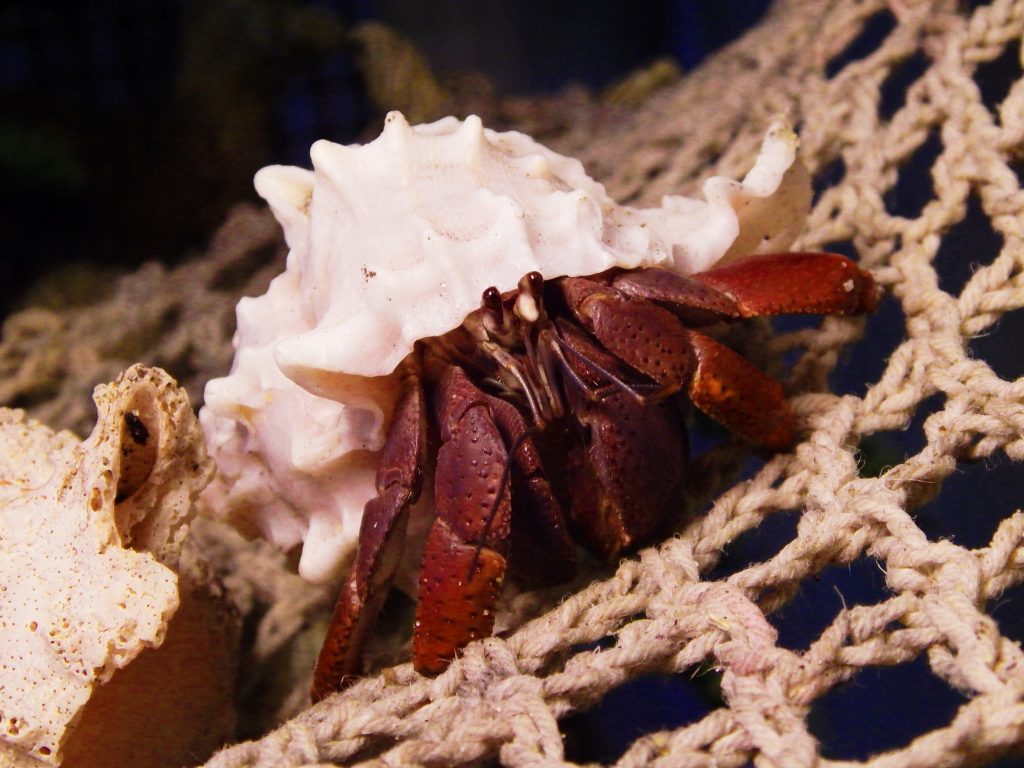 But, sure enough, there was someone. Clinging tightly to the inside of the white shell in the middle of this cage was Molasses, a petrified wild Caribbean hermit crab.
But, sure enough, there was someone. Clinging tightly to the inside of the white shell in the middle of this cage was Molasses, a petrified wild Caribbean hermit crab.
We’d found her on Craigslist, being offered up for free, and immediately decided to make the 8-hour round trip to bring her home. She’d never make it without swift intervention, we knew. With summer shriveling into fall and the outdoor humidity levels plunging day by day, time wasn’t on this tropical creature’s side. Her modified gills would already be struggling desperately to breathe in the crisp Mid-Atlantic air.
Molasses had been bought earlier that summer by a family visiting a souvenir shop at the beach, but was quickly set aside when boredom crept into their children, whose curious fingers were hungry for their next interactive toy.
For Molasses, though, there was no relief from the boredom in that plastic prison—the isolation, the gloom. There were no branches, no hideaways, no sandy beaches. Nothing for her to do but sit, curled up inside her shell, and rot.
When we first took her in, Molasses was so weak that she could hardly lift up her shell to walk around. We immediately moved her into a much larger tank, filled with stimulating objects, proper food, sea water, high humidity, and warmth—the closest possible habitat we could provide to her natural home, the tropical seashore.
Her rescue was bittersweet. We saw her come out of her shell, figuratively and literally, and begin to explore her surroundings. Her strength grew. Her antennae perked up. But we knew she’d never see the waves on the beach again, or feel the wind blowing through her shell, because, once captured, hermit crabs can never be set free again. Their odds of survival when being stranded on an unfamiliar beach, much like our own, are quite low. So we were simply resigned to do our best.
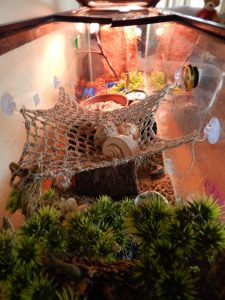
She was one of five hermit crabs my wife and I rescued between 2011 and 2013, a hodgepodge of characters, all female, who surely had their disagreements and growing pains—marked by rounds of intense clicking—but eventually meshed together like the Brady Bunch. Molasses, or Mo, was the largest of the gang, and she didn’t have any trouble striding in and staking out her own space alongside Stevia, Splenda, Truvia, and Agave.
Hermit crabs like Molasses are complex wild animals who can live for over 30 years in their natural habitat, the tropical seashore. These social beings thrive in large colonies and often sleep piled up together. They enjoy climbing, foraging, and exploring and even work in teams to find food. Once a troupe of hermit crabs was observed stacked on top of one another to orchestrate a heist from a bag of dog food. Those on top were responsible for nabbing the goods and sending them down the line. These clever, sensitive animals will also rub and nurse their wounds when they’re injured—evidence that they, in fact, feel pain like we do.
And hermit crabs have unique personalities, just like Fido. Molasses, the bold adventurer, seemed to calculate each move. She was deliberate, on a mission. Agave, on the other hand, was reserved, cautious, a follower. They complemented one another like yin and yang.
Every single land hermit crab sold in souvenir shops—hundreds of thousands every year—has been caught from the wild, as these animals do not breed readily in captivity. And investigative footage has revealed that to the souvenir industry, hermit crabs are nothing more than disposable trinkets. A shocking investigation of one hermit crab supplier in Florida, for example, recently revealed what happens to many hermit crabs after being ripped from the seashore, before they reach store shelves: They are confined in filthy, crowded warehouses by the thousands and tossed in bags with hundreds of others to be shipped to retailers. Hermit crabs depend on their natural shells for protection, yet in another video, these delicate animals are shown being forcibly shoved into painted shells to be sold to tourists.
Once at the boardwalk, hermit crabs are sold to tourists in tiny, barren cages with some pebbles and maybe a plastic palm tree, if they’re lucky. Deprived of everything natural to them, they are destined to die in mere months. They often spend their short captive lives slowly perishing from suffocation because their modified gills require high humidity to breathe. These crabs also need deep substrate to molt and grow; without it, their bodies will halt the molting process until their death.
If their miserable captive environment doesn’t do them in, their own shells—their basic means of protection—can very well kill them in captivity. Many hermit crabs are slowly poisoned by the toxic paint adorning their shells. They don’t care if they’re pink or purple, but they pay with their lives because we do.
Molasses, Stevia, Agave, Splenda, and Truvia should have lived to be my age: 30 years old. But they didn’t make it more than a fraction of that time. Despite our best efforts, our tank suddenly collapsed in late 2014 for no explicable reason, leaving no survivors—but leaving us behind, absolutely devastated.
I wanted to, but I didn’t falter through my despair. Instead, I decided to turn their plight into a movement: The Plight of the Hermies. Over the last four years, through this project, my community and I have made some incredible strides: Over 50,000 people have signed our petition to get beach chain Sunsations to stop selling hermit crabs. We saw the end of the Mid-Atlantic Hermit Crab Challenge, a terrifying annual “race” marked by crowds and blasting music in Virginia Beach. We’ve gotten media coverage in The Virginian-Pilot and Lady Freethinker and an op-ed in One Green Planet. We helped PETA release the first undercover investigation of this cruel industry, opening millions of eyes.
We’ve shown countless people around the world that crustaceans are sentient, intelligent animals—not souvenirs.
So onward I march, for them. And I will continue to fight for their freedom, year after year, in memory of Molasses and of countless others like her, so that someday their descendants can be left in peace at the seashore instead of the store shelf.
Visit PlightoftheHermies.org to get involved in this important work for hermit crabs everywhere.

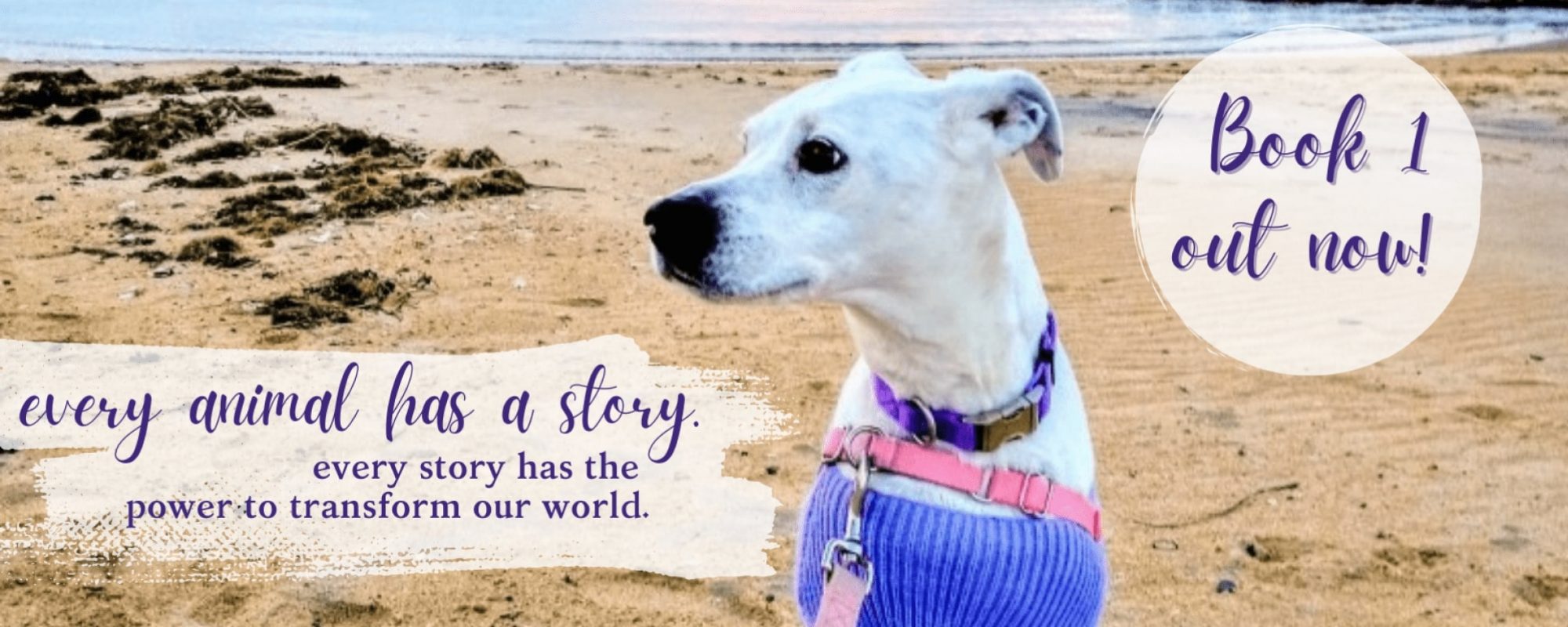
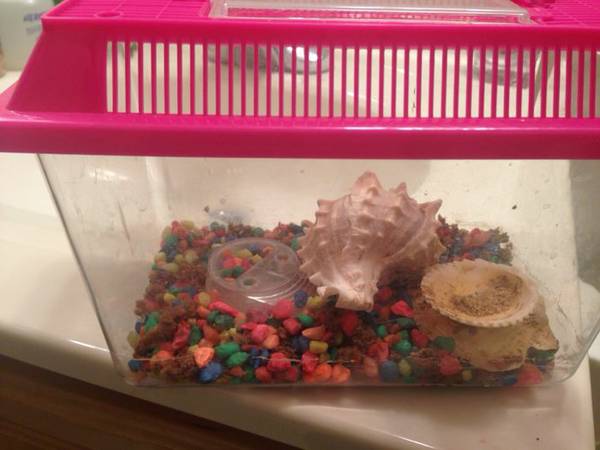
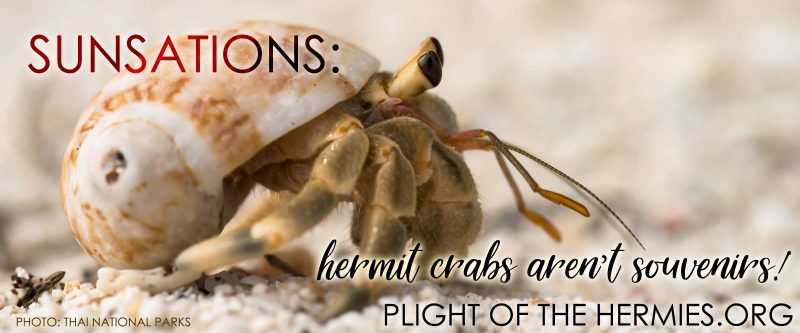
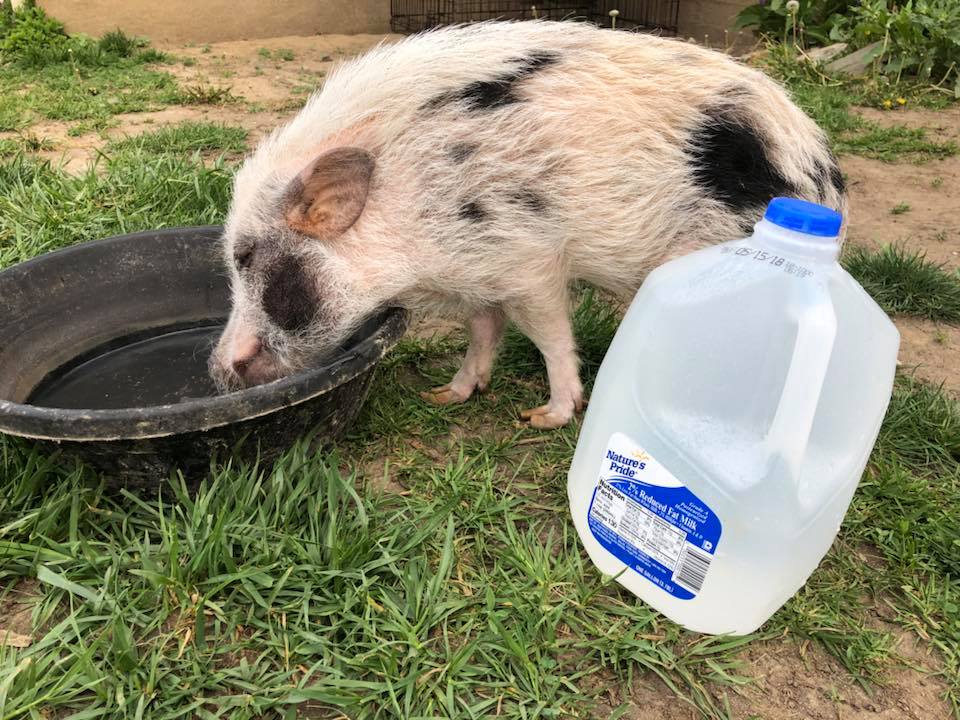
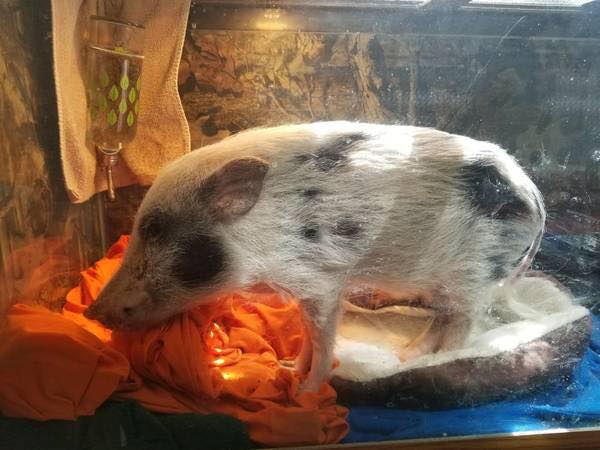
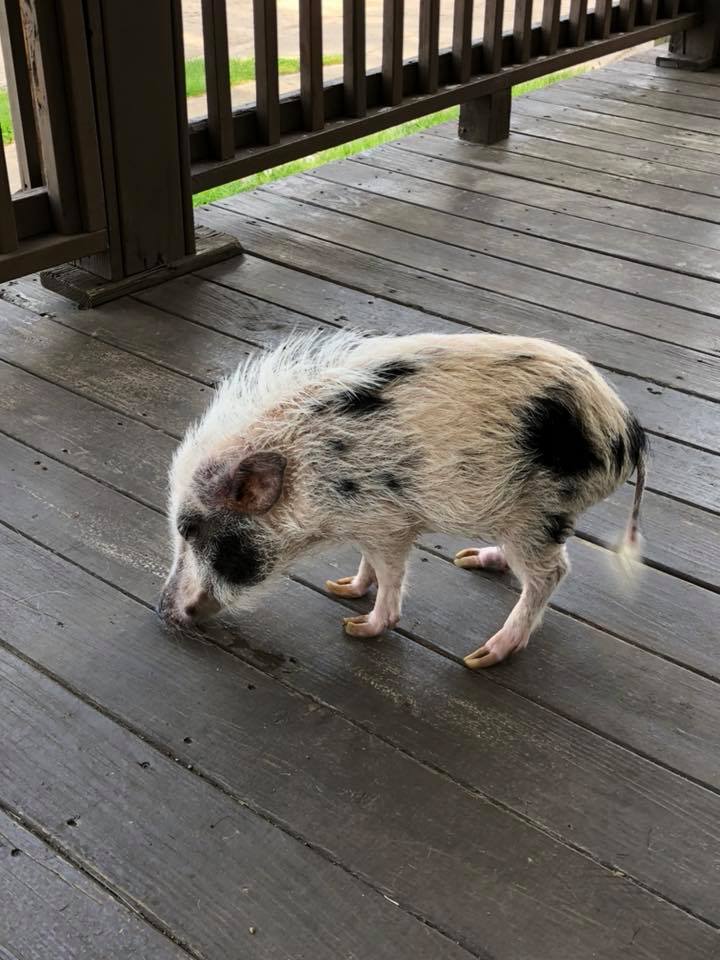
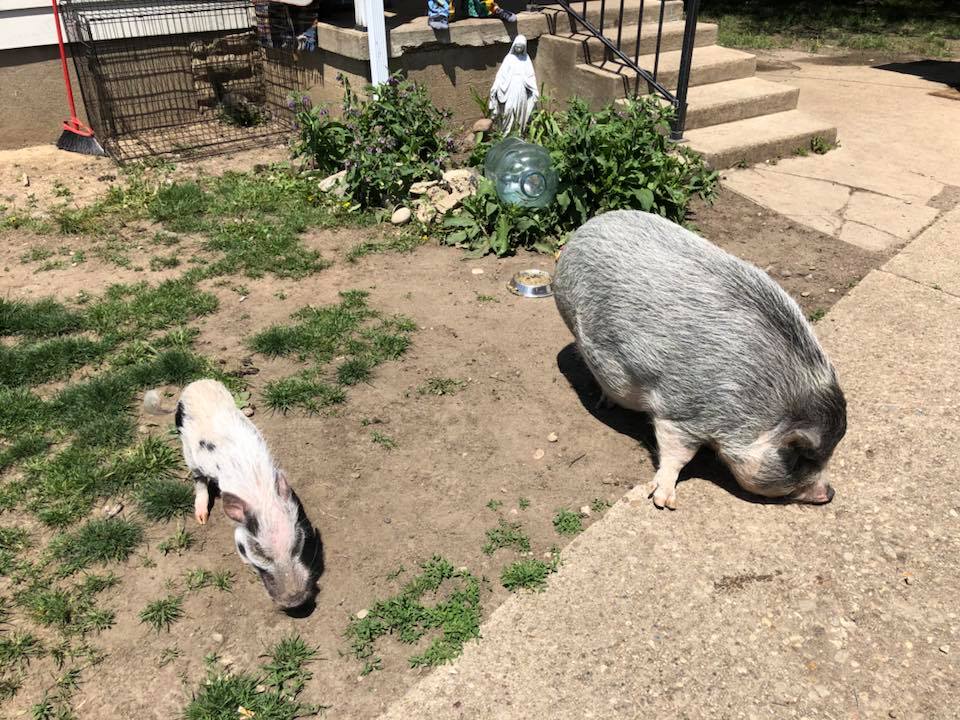
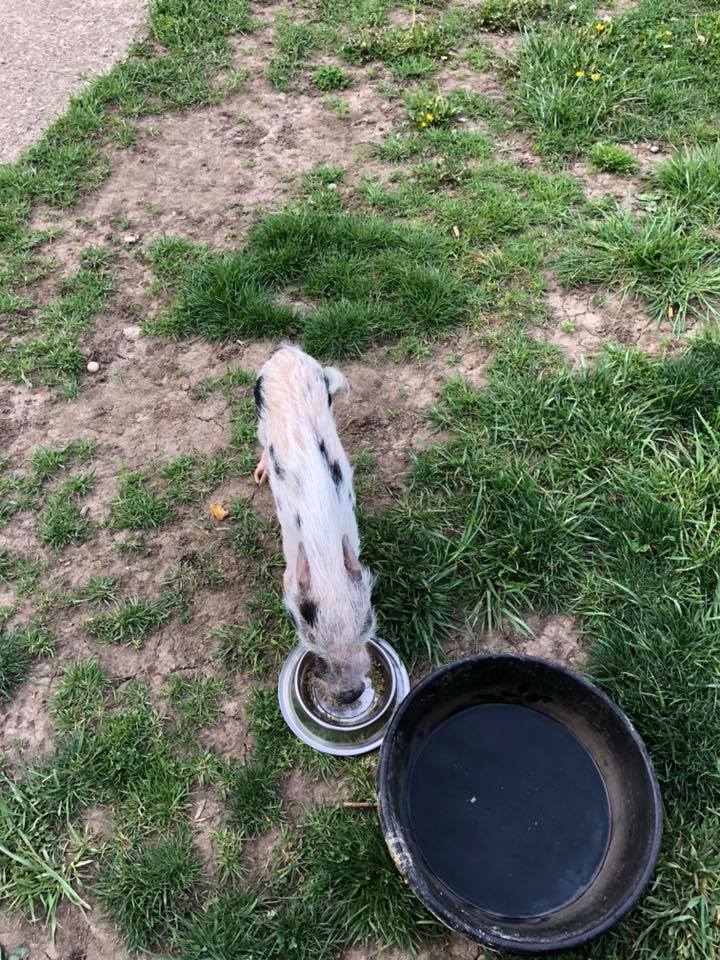
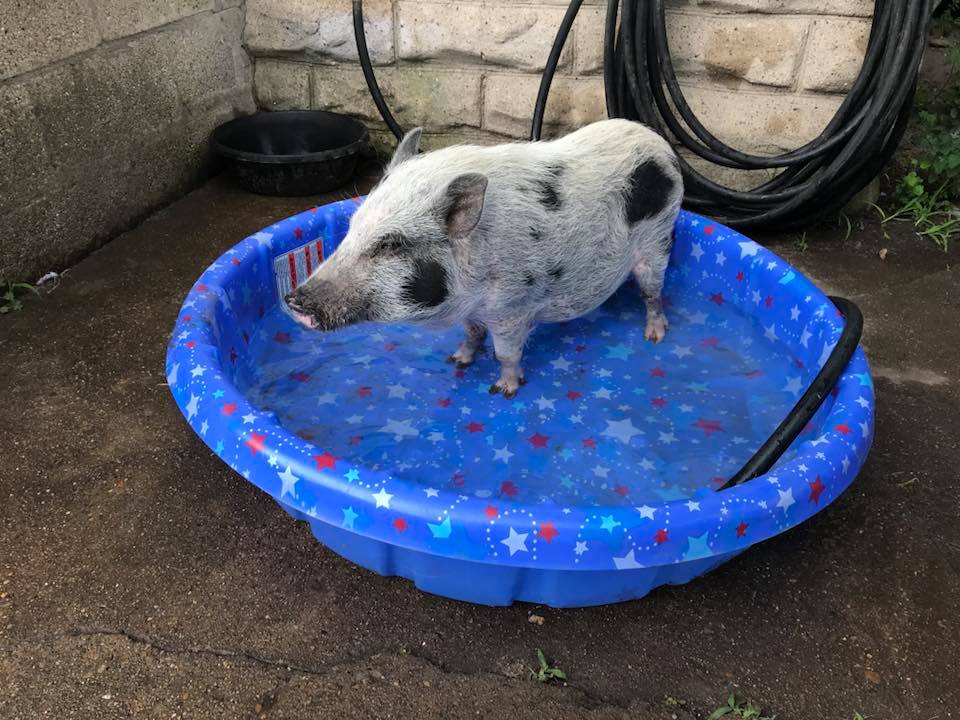
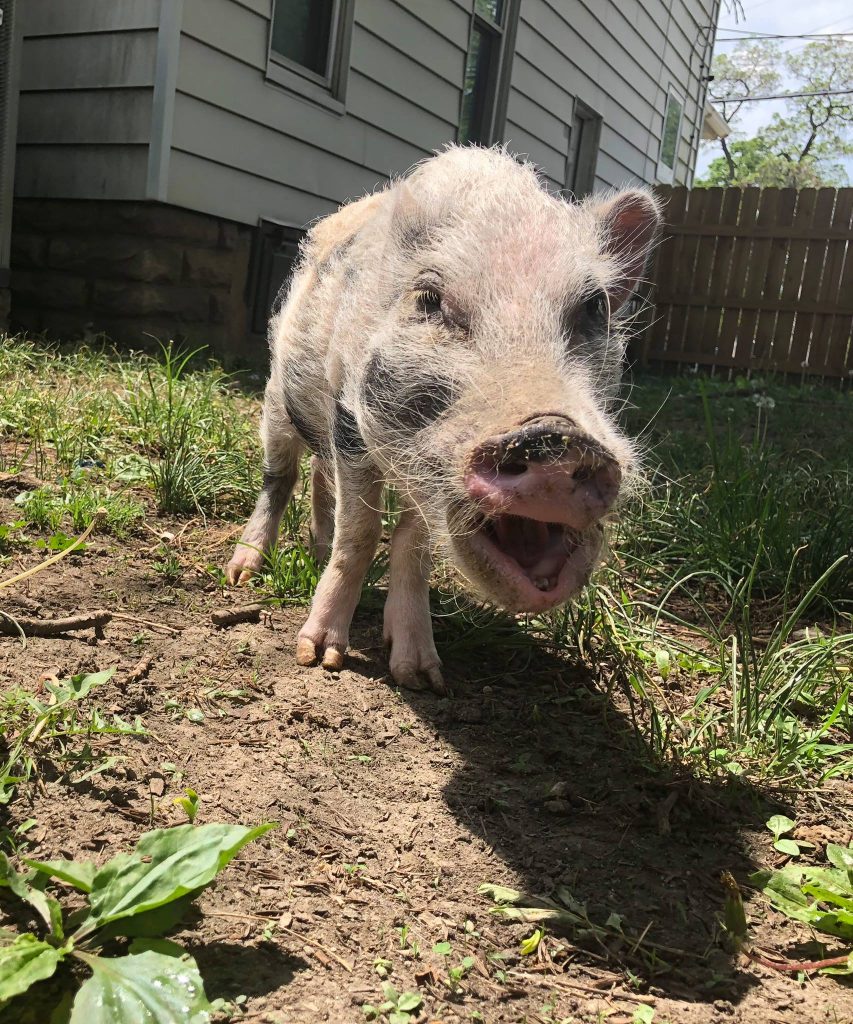
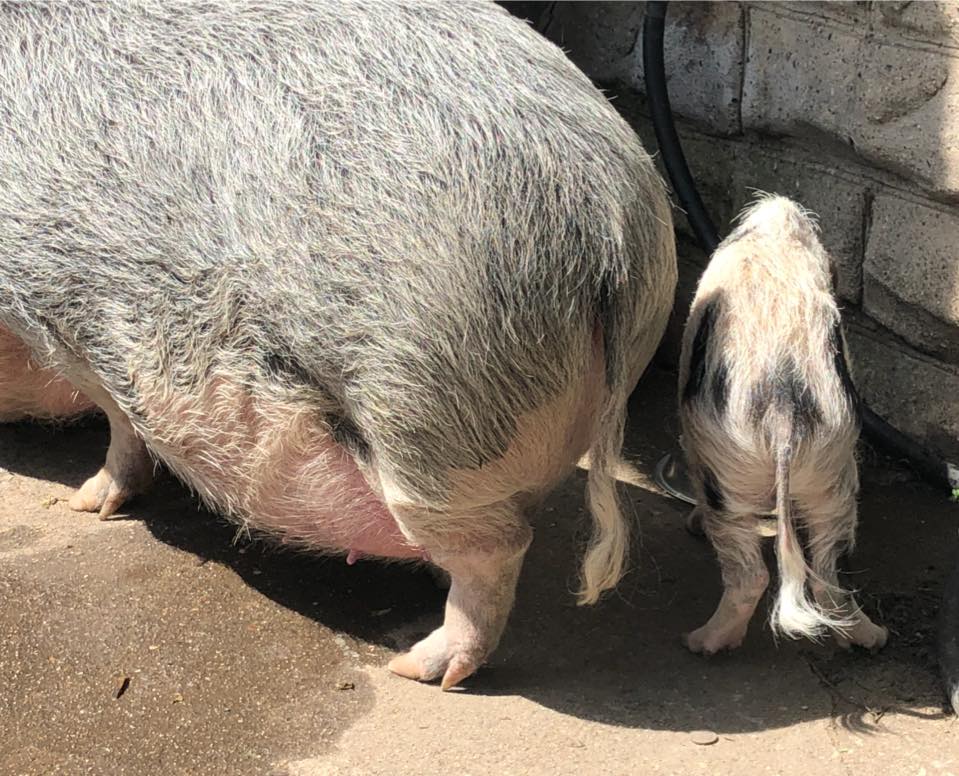
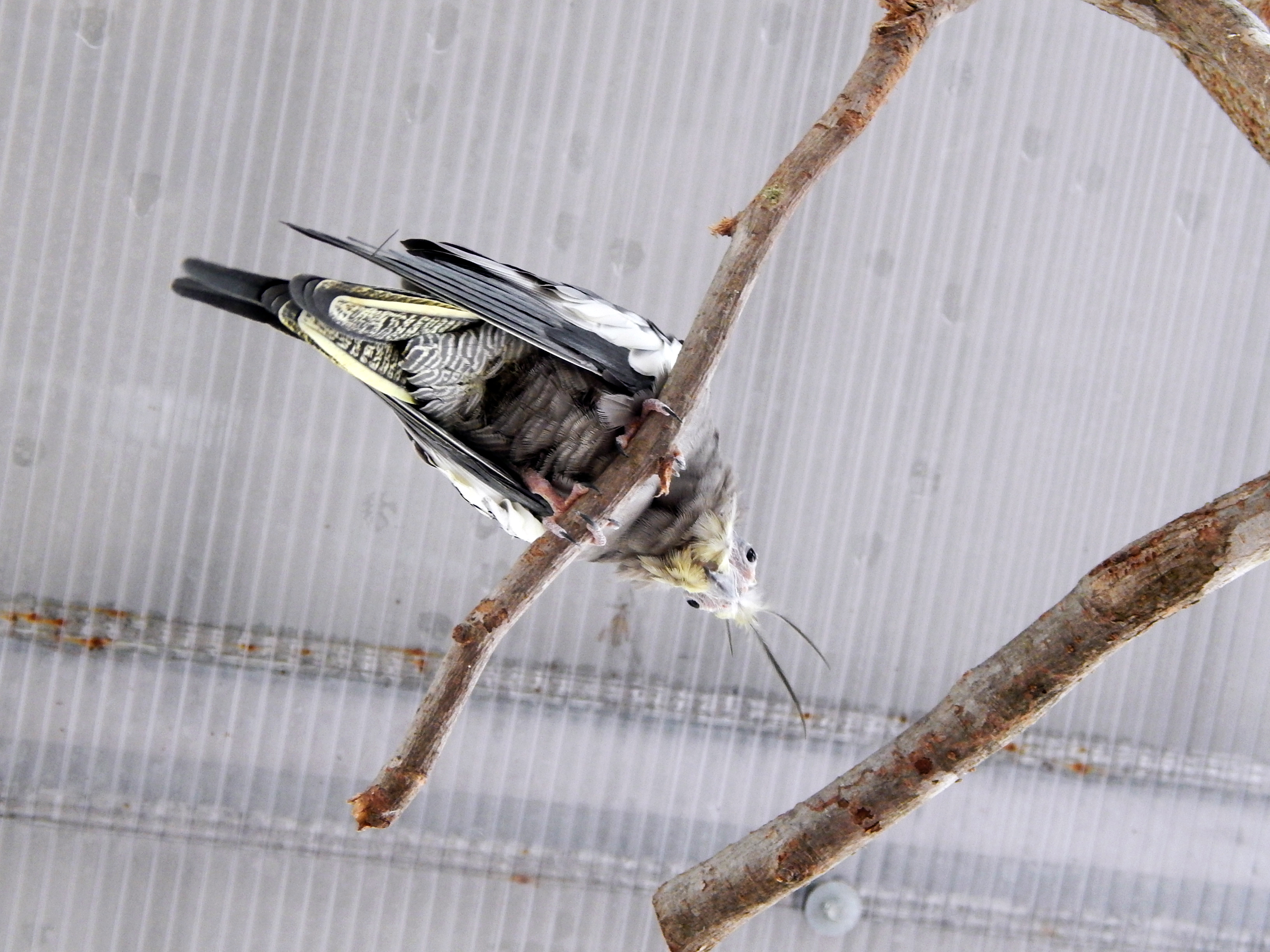
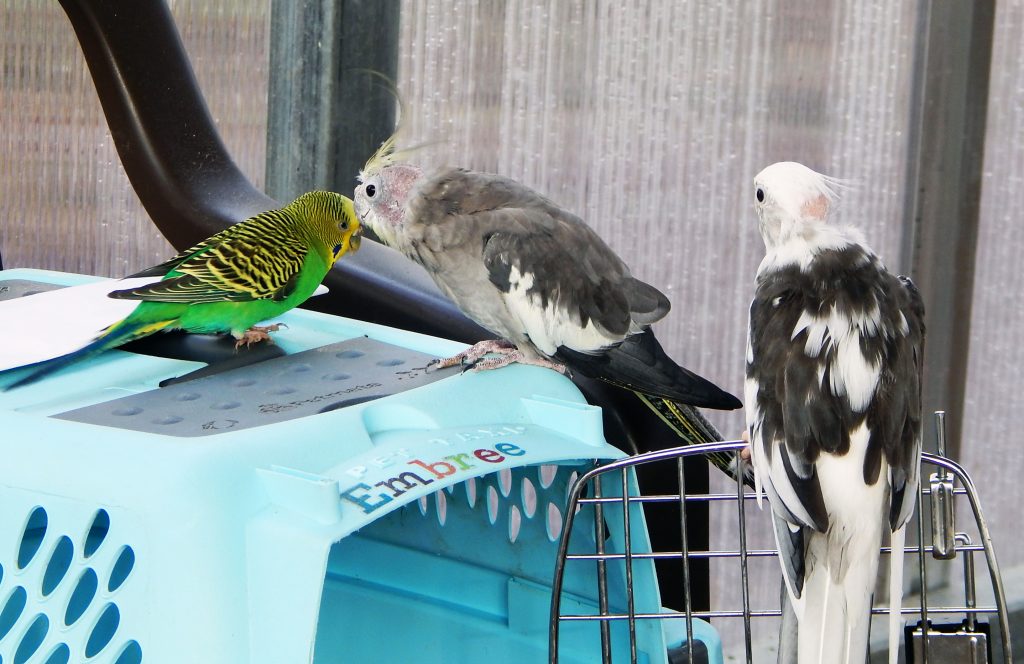
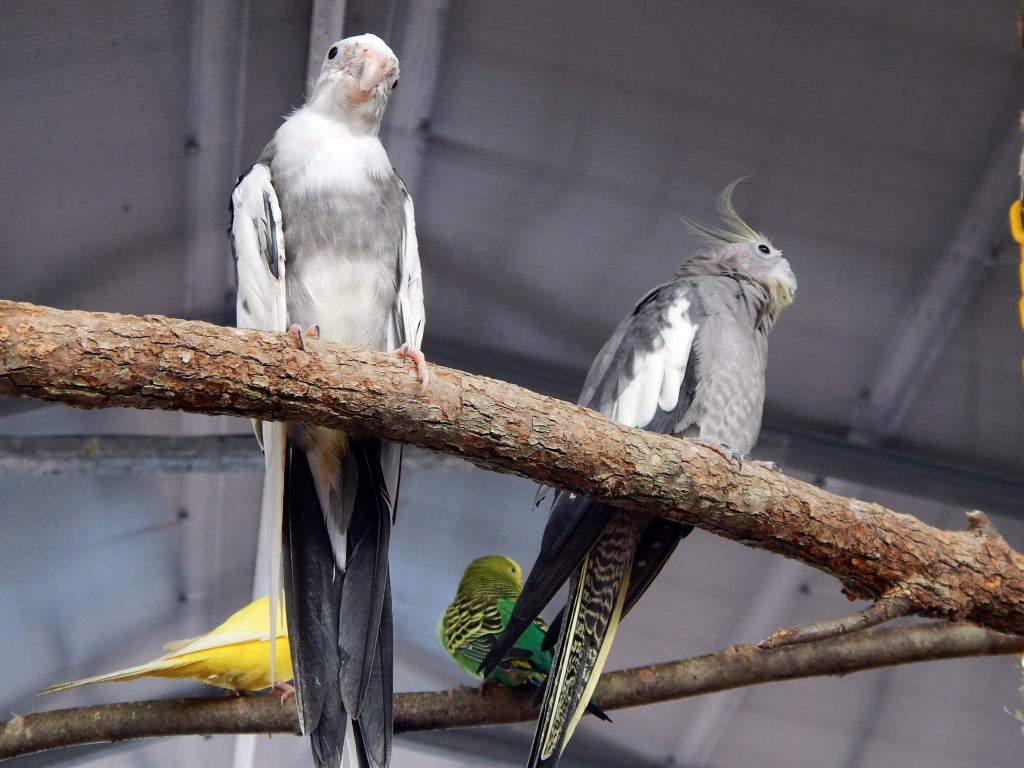
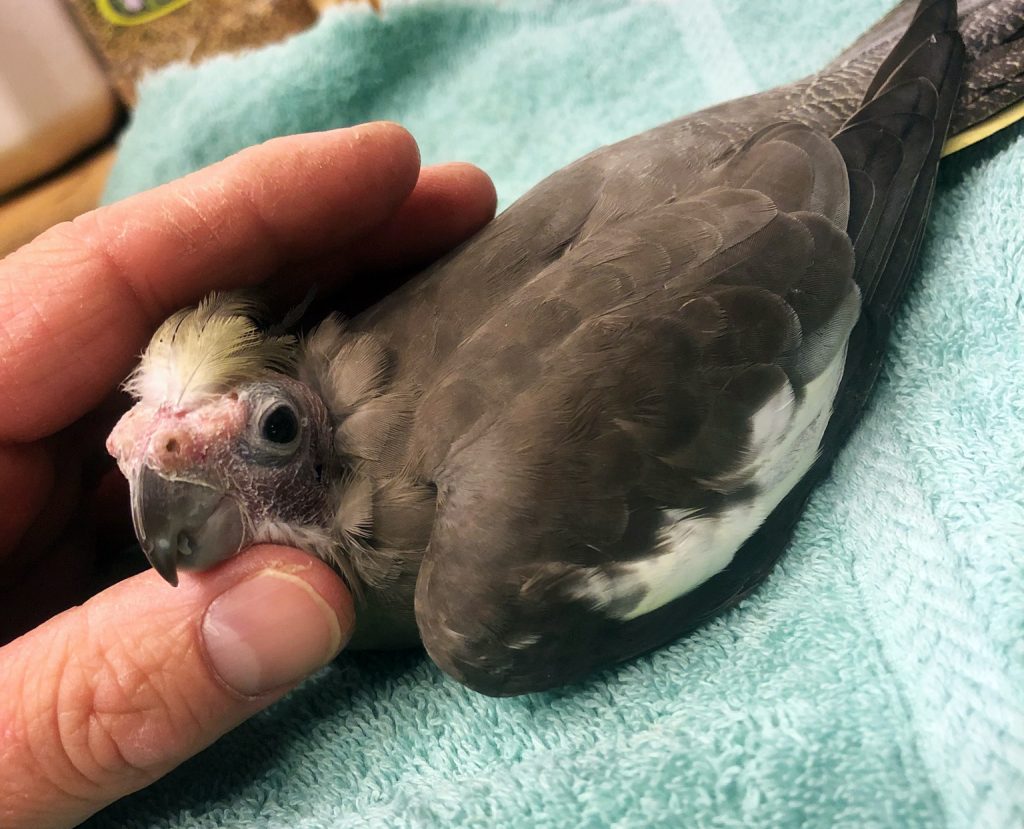







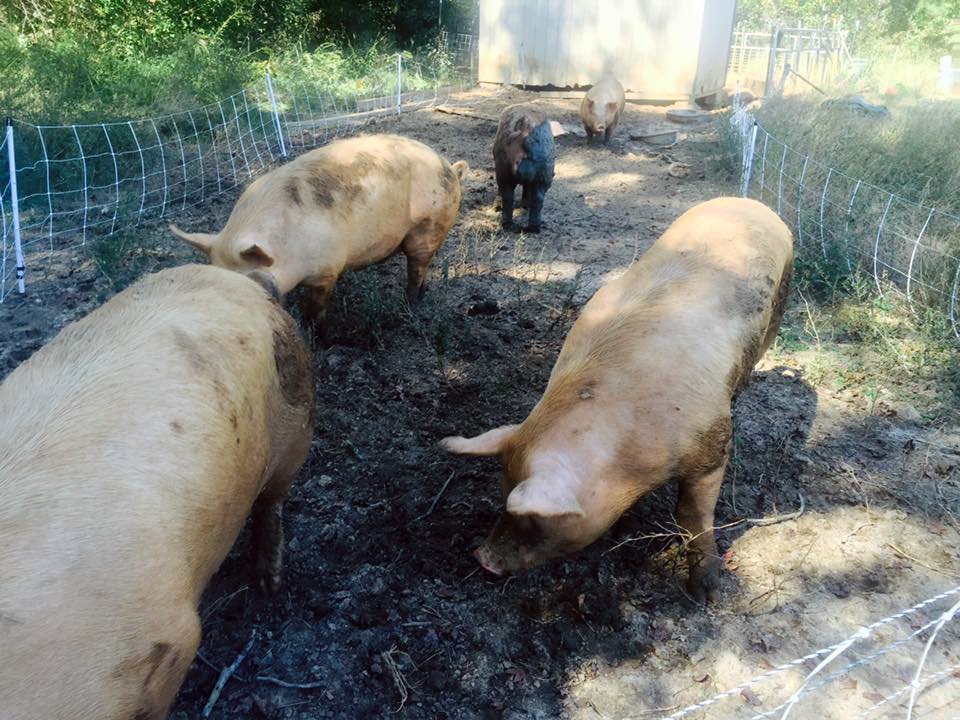
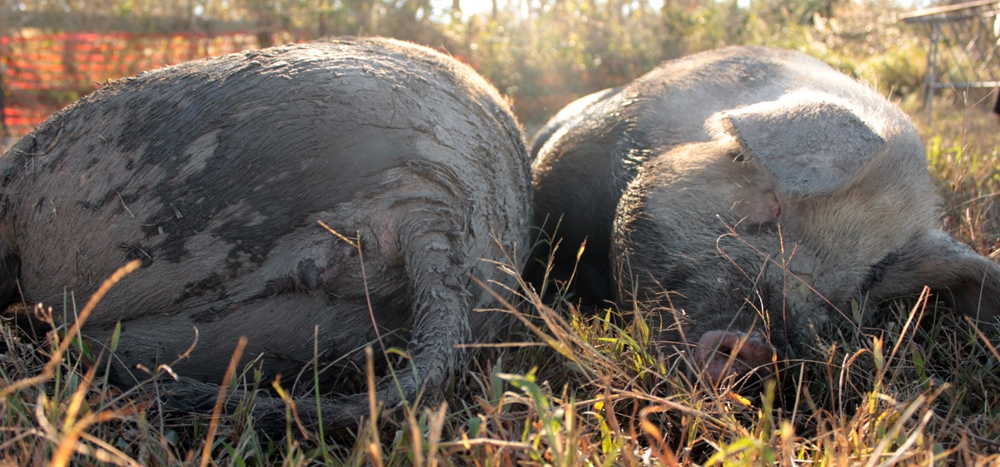
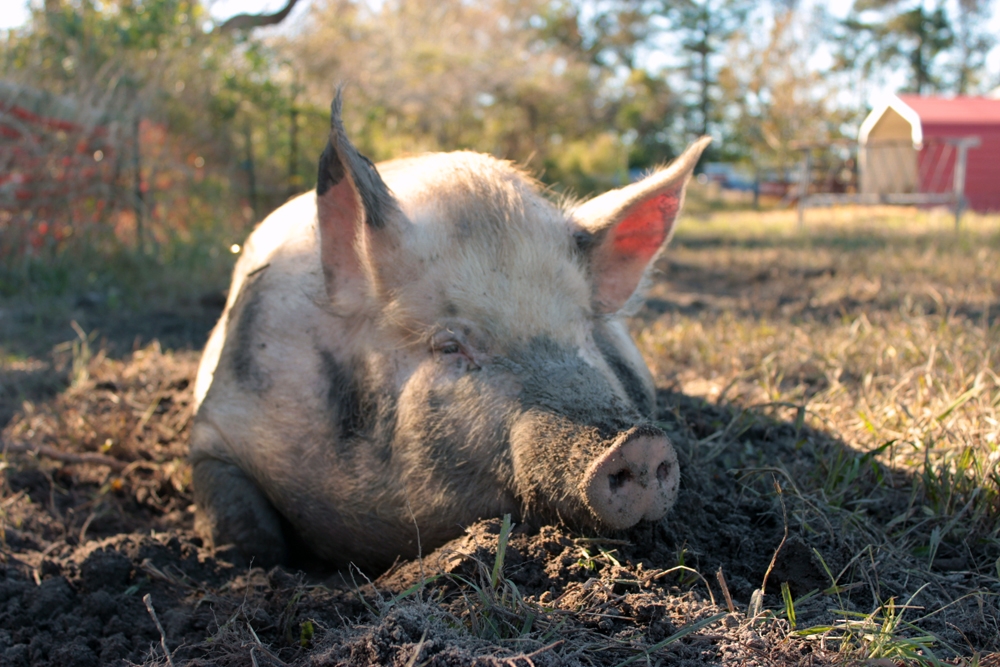
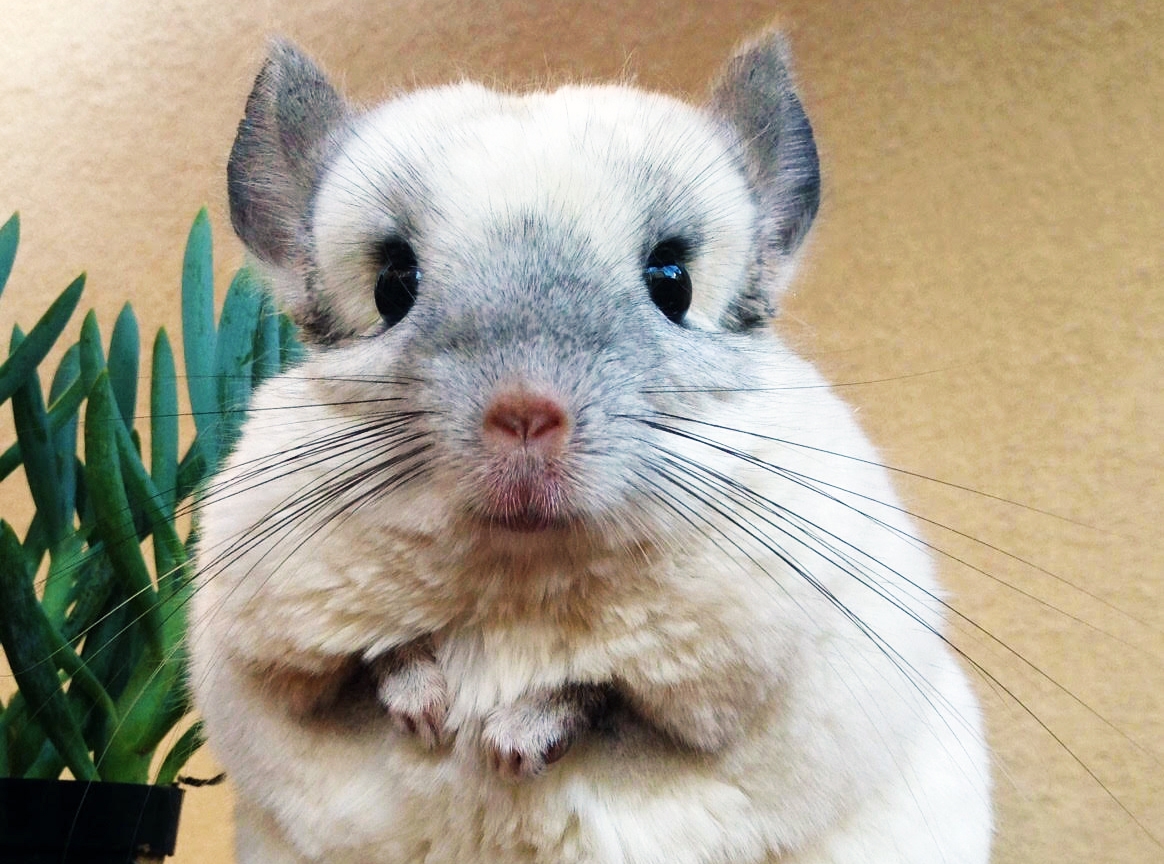
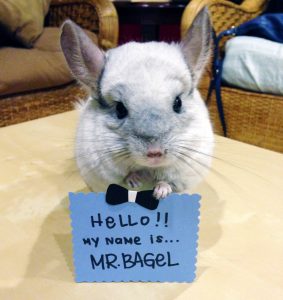 This ball of fluff is Mr. Bagel. Despite how it looks, he’s not a gargantuan field mouse from some alternate universe of adorable creatures with big eyes and even bigger ears. He’s a chinchilla from regular old planet Earth.
This ball of fluff is Mr. Bagel. Despite how it looks, he’s not a gargantuan field mouse from some alternate universe of adorable creatures with big eyes and even bigger ears. He’s a chinchilla from regular old planet Earth.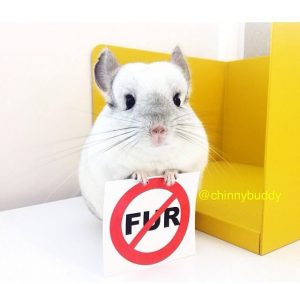 Before you go, Mr. Bagel has one last message for you. Winter’s just around the corner, which means it’s nearly time to break out the winter coats. Chinchillas are known to have the softest fur you’ll ever touch, which means, you guessed it, chinchilla fur coats. But it can take up to 150 of these little puff balls to churn out one fur coat, and that process is reminiscent of a horror film whose protagonists are hundreds of thousands of gentle beings who look like they should be starring in a warm and fuzzy Pixar children’s movie instead. But on factory fur farms, these guys are
Before you go, Mr. Bagel has one last message for you. Winter’s just around the corner, which means it’s nearly time to break out the winter coats. Chinchillas are known to have the softest fur you’ll ever touch, which means, you guessed it, chinchilla fur coats. But it can take up to 150 of these little puff balls to churn out one fur coat, and that process is reminiscent of a horror film whose protagonists are hundreds of thousands of gentle beings who look like they should be starring in a warm and fuzzy Pixar children’s movie instead. But on factory fur farms, these guys are 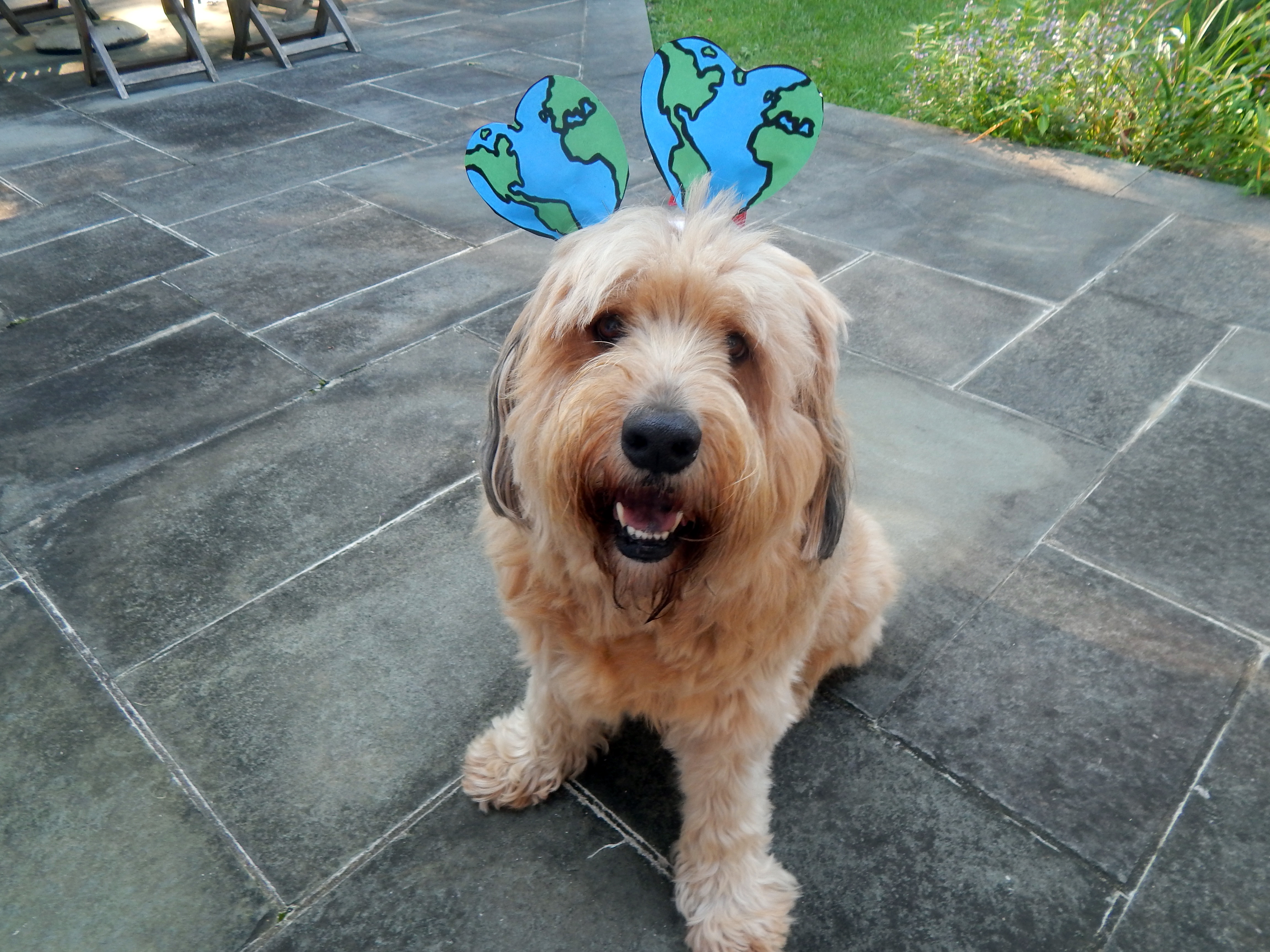
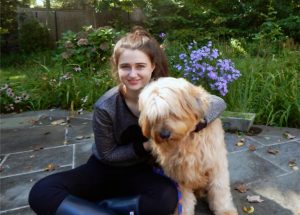
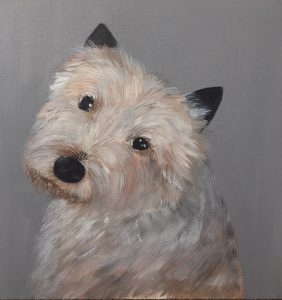 Annie thus founded
Annie thus founded 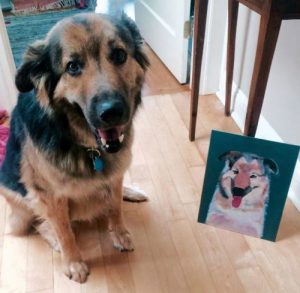 Annie has now set her sights even higher, hoping that other states will follow suit.
Annie has now set her sights even higher, hoping that other states will follow suit.